Russia's efforts have cemented its position, along with China, as the West's main and direct geopolitical rival.
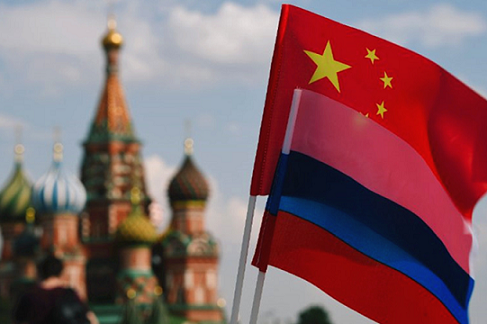 |
| China and Russia have increased transactions in local currencies to boost trade, and Russia has increasingly relied on CIPS (China Cross-Border Interbank Financial System) after being excluded from the Western-run SWIFT global payment messaging system. (Source: Xinhua) |
Global geopolitics has undergone significant changes in recent years. The Covid-19 pandemic, coupled with Russia’s extraordinary military campaign in Ukraine, has further polarized countries around the world. Once considered a “difficult but viable” partner by Western countries, Moscow’s position has changed dramatically after the annexation of Crimea (2014) and the launch of a military campaign in Ukraine (2022). Russia’s efforts have strengthened its position, along with China, as the West’s main and direct geopolitical rival.
This growing polarization has been exacerbated by ineffective Western sanctions, while the BRICS group of emerging economies and potential members have strengthened their alliances.
While Egypt and the United Arab Emirates (UAE) are US allies, most other BRICS members see Western nations as rivals.
Global Market Developments
Currently, the US dollar accounts for 58% of global currency reserves and 54% of export receipts. Together, the US and the European Union (EU) dominate more than 80% of global US dollar reserves.
However, since the conflict in Ukraine broke out, the Chinese yuan has overtaken the greenback to become Russia’s most traded currency. Moscow now holds yuan and gold as its main reserve assets.
Over the past two years, China and Russia have increased transactions in local currencies to boost trade, and Russia has increasingly relied on CIPS (the Chinese Cross-Border Interbank Payment System) after being excluded from the Western-run SWIFT global payment messaging system.
Since the 1990s, the growth of China's economy has been nothing short of phenomenal. By 2001, the country had surpassed Japan to become the second largest economy.
China’s growth didn’t stop there. In 2017, it surpassed the United States when measured by purchasing power parity (PPP), a milestone that underscored the Northeast Asian nation’s rapid rise on the world stage.
While the US economy is still 54% larger when measured by nominal GDP, evaluating economies through the lens of PPP also provides a good comparison of size and standard of living. This method adjusts for differences in price levels between countries, providing a more realistic view of what the two economies can produce and afford.
Thus, while the US maintains its nominal lead, China's position under PPP highlights Beijing's significant global influence and the shifting balance of economic power.
China - the new superpower?
It is true that nominal GDP reflects a country’s ability to buy international goods, and we should consider these statistics. But it also shows that, if current trends continue, the US will lose its top spot to China in the near future.
Recent sanctions from Washington and its Western allies have highlighted the important role of gold as the safest and most stable asset a country can accumulate.
As Western countries impose sanctions on Russia, freezing assets such as foreign reserves and restricting access to global financial systems, gold has emerged as a resource that they cannot confiscate or prevent Moscow from using. This underscores gold’s unique position as a hedge against sanctions and geopolitical uncertainty, providing protection in times of heightened global tensions.
As a result, several BRICS members have increased their gold reserves as part of a broader effort to protect their economies from potential external threats. This trend reflects a growing understanding that, in an era where economic sanctions are often used as geopolitical leverage, holding large gold reserves ensures a certain degree of economic independence.
As a result, these countries are focusing on gold as a way to reduce their dependence on the US dollar-based financial system and ensure their financial resilience against future sanctions or global market fluctuations.
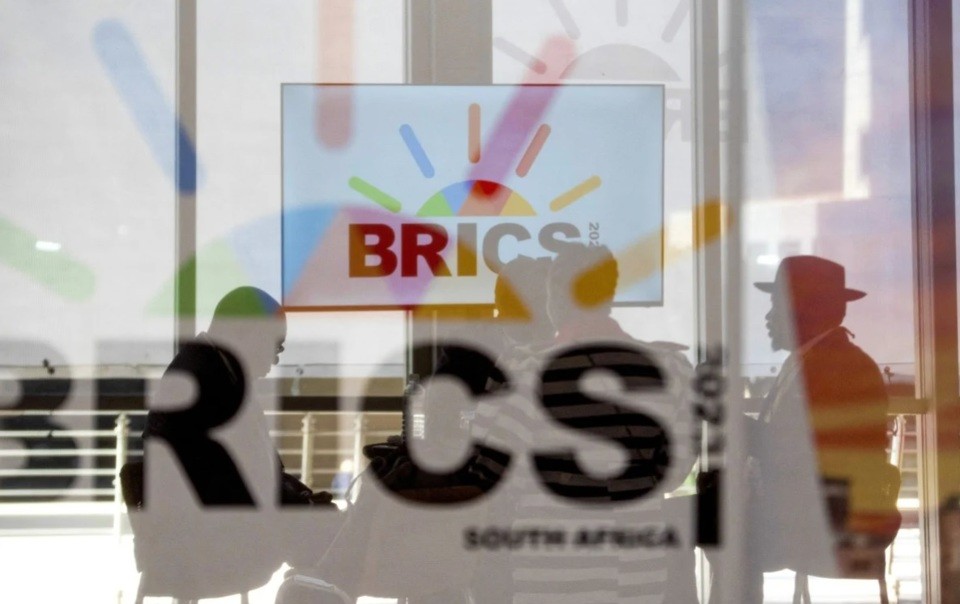 |
| The expanded BRICS group would account for more than 50% of global GDP based on purchasing power parity and represent about 71% of the world's population. (Source: Reuters) |
Put your trust in gold?
The shift to gold and de-dollarization seems more plausible if we exclude countries that do not have independent monetary policies and are interested in joining BRICS. Currently, only 35% of countries have autonomous monetary policies.
Most other countries have their currencies pegged either fully or managed to major global currencies such as the US dollar, euro or Swiss franc. This suggests that many countries may be inclined to “peg their currencies” to the yuan, gold or even adopt a new BRICS common currency if they want to join the bloc and reduce their economic dependence on Western nations.
“Currency pegging” has several advantages. First , it gives a country exchange rate stability, which reduces currency volatility and is good for international trade and investment.
Second , inflation is much lower, because developed countries and strong currencies generally have much lower inflation than developing countries with independent monetary policies.
The third benefit is that it gives confidence to investors, as it eliminates uncertainties in the economy and business.
To date, 43 countries from the Middle East, Asia, Africa and South America have expressed interest or formally applied to join BRICS.
If all of the above countries join BRICS, it will become the largest political and economic bloc in the world. The expanded BRICS group will account for more than 50% of global GDP based on purchasing power parity and represent about 71% of the world's population.
What will the future of the world be like?
Are developed countries losing their global influence? Are domestic welfare and monetary policies stifling wealth creation? Are demographic challenges, such as falling birth rates, aging populations and growing migration issues, exacerbating this shift? And is the world therefore moving towards a new bipolar dynamic?
All the answers are still ahead, however, one thing we know for sure is that the US dollar is losing its influence and this is also consistent with America's global political power.
The data shows that while the greenback faces challenges, countries not typically aligned with Western allies are actively contributing not only to the de-dollarization process but also to expanding their influence on the global economic and political scene. Is a multipolar future imminent?
Source: https://baoquocte.vn/lenh-trung-phat-cua-my-va-phuong-tay-kem-hieu-qua-nga-trung-quoc-ngay-cang-quyen-luc-brics-chop-thoi-co-noi-day-tuong-lai-nam-o-vang-293750.html


![[Photo] Prime Minister Pham Minh Chinh chairs meeting on science and technology development](https://vphoto.vietnam.vn/thumb/1200x675/vietnam/resource/IMAGE/2025/5/17/ae80dd74c384439789b12013c738a045)


![[Photo] More than 17,000 candidates participate in the 2025 SPT Competency Assessment Test of Hanoi National University of Education](https://vphoto.vietnam.vn/thumb/1200x675/vietnam/resource/IMAGE/2025/5/17/e538d9a1636c407cbb211b314e6303fd)

![[Photo] Readers line up to visit the photo exhibition and receive a special publication commemorating the 135th birthday of President Ho Chi Minh at Nhan Dan Newspaper](https://vphoto.vietnam.vn/thumb/1200x675/vietnam/resource/IMAGE/2025/5/17/85b3197fc6bd43e6a9ee4db15101005b)




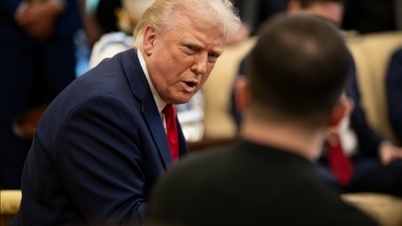


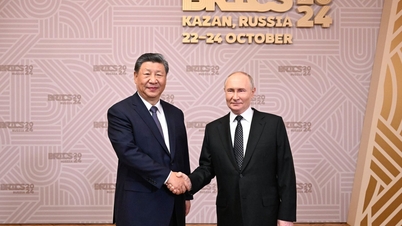




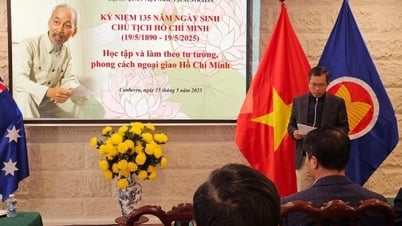

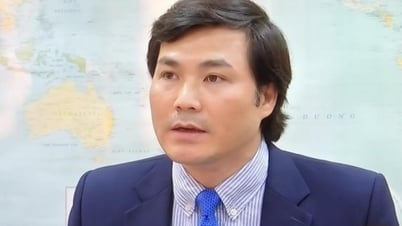
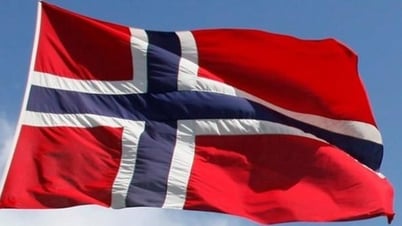






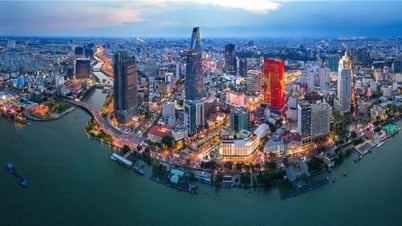
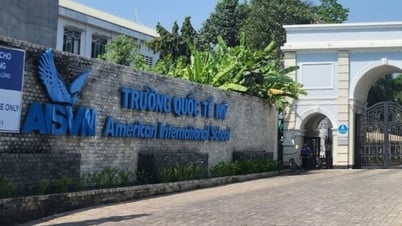



![[Photo] Nearly 3,000 students moved by stories about soldiers](https://vphoto.vietnam.vn/thumb/1200x675/vietnam/resource/IMAGE/2025/5/17/21da57c8241e42438b423eaa37215e0e)































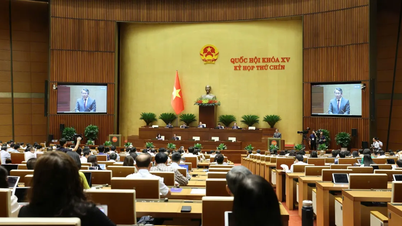






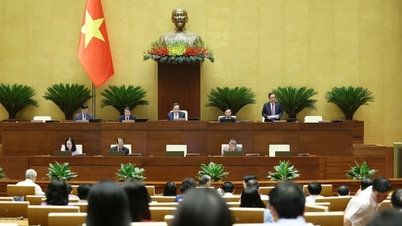





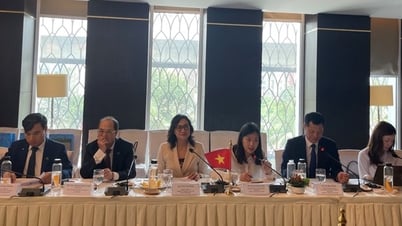

























Comment (0)